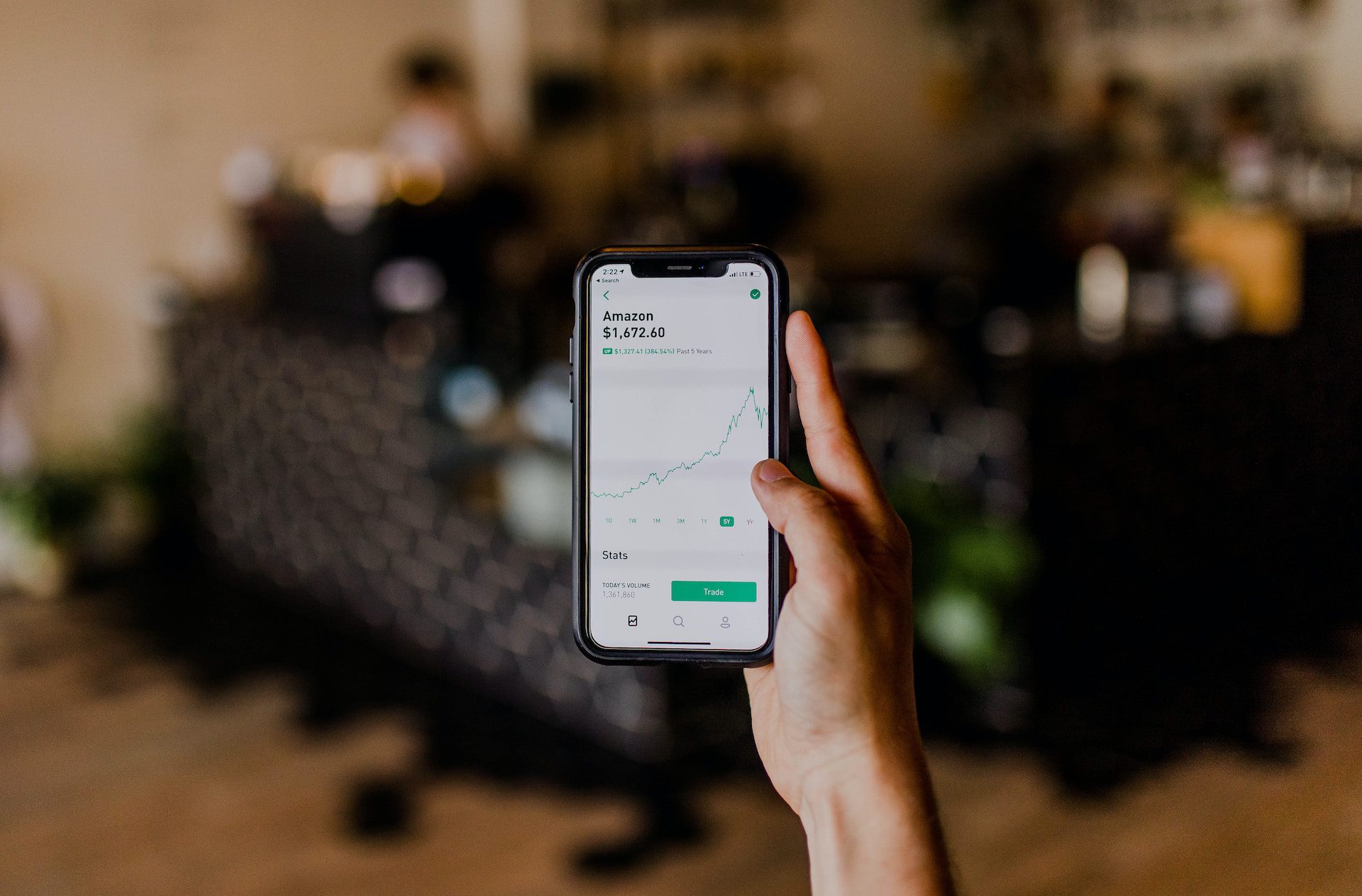Did you know that 38 percent of online shoppers may abandon their order if the delivery time exceeds a week? On top of that, 25 percent say they would ditch what’s in their cart if the shipping costs exceed their expectations.
The former reflects the importance of efficient order fulfillment, while the latter highlights why sellers need to find low-cost ways to ensure this.
Balancing cost and efficiency takes a lot of work. And for startups, the challenge is real and can impact customer satisfaction and sales.
If you’re planning to expand your e-commerce business in Egypt, one possible solution you can consider is selling on established online platforms like Amazon.
This Amazon Egypt selling guide tackles two ways to sell on the platform and how to decide which one is the best choice for your business.
Ways to Sell on Amazon: FBA vs. FBM
Understanding the nuances of order fulfillment is paramount for the success of an e-commerce business. Amazon, a powerhouse in the online marketplace, offers two primary methods for sellers: Fulfillment by Amazon (FBA) and Fulfillment by Merchant (FBM).
FBA provides a comprehensive service where Amazon stores products in its fulfillment centers, managing shipping and customer service. Eighty-six percent of Amazon sellers prefer this hands-off approach, particularly those with large-volume, high-margin products. The appeal lies in Amazon efficiently managing storage and shipping, allowing sellers to divert their focus to other critical facets of their business.
On the other hand, FBM empowers sellers to control their fulfillment process, handling storage and shipping independently. Chosen by 37 percent of sellers, this option suits those with smaller-scale, small-margin, or unique products.
Navigating the Amazon FBM
For those opting for FBM, the process involves several crucial steps:
Step 1: Create an Amazon Seller Account
Ensure you have a business email address or Amazon customer account, a government ID, tax information, a chargeable credit card, phone number, and a bank account for proceeds.
Step 2: List Products and Create Pages
List products individually or in bulk, ensuring clear titles, images, and concise feature bullets.
Step 3: Manage Storage Space
Efficiently manage inventory to cover demand without overstocking.
Step 4: Set Up Shipping Templates
Assign shipping templates to match logistic capabilities and set handling time and order capacity.
Step 5: Coordinate Picking, Packing, and Shipping
Ensure the efficient handling of orders, choose suitable packaging, and utilize a valid tracking rate network of carriers.
Step 6: Handle Customer Service and Returns
Prioritize excellent customer service, responding to messages within 24 hours for a positive customer experience.
Setting Up Your Amazon FBA
Here’s how you can start using Amazon FBA:
Step 1: Set Up FBA
Log in to Seller Central with your Amazon seller account. Then, navigate to Seller Central to set up and enable FBA for your account.
Step 2: Create Product Listings
Add your products to the Amazon catalog. After that, you can specify FBA inventory when listing your products.
Step 3: Prepare Your Products
- Follow Amazon’s packing guidelines to ensure safe transportation.
- Adhere to shipping and routing requirements for secure handling.
Step 4: Prepare Shipment and Book Appointment
- Create a shipping plan in Seller Central.
- Print Amazon shipment ID labels for identification.
- Book an appointment on Carrier Central for efficient processing.
Step 5: Send Shipment to Amazon
- After confirming the appointment, send products to the designated Amazon fulfillment center.
- Utilize the FBA New Selection program for benefits like free shipping, monthly storage, removals, and return processing.
Choosing Between FBA or FBM: Key Factors to Consider
When deciding to opt for Fulfillment by Amazon (FBA) or Fulfillment by Merchant (FBM), sellers must carefully weigh various factors to align with their specific business needs.
Here are some key considerations:
1. Item Specs (Size and Weight)
Amazon’s fee structure and logistics are advantageous for FBA sellers dealing with small, lightweight products with quick turnover. However, FBA fees, especially storage fees, may not be conducive for selling oversized, heavy products.
Take, for example, a non-inflatable kayak. If you’re selling such a big item on Amazon, it would likely be more profitable through FBM. Big-ticket items occupy substantial space in Amazon fulfillment centers and incur higher shipping costs.
To help you decide, Amazon has created an FBA revenue calculatorthat forecasts fees and expenses based on product size, weight, category, price, and shipping charge. It can also calculate in bulk and provide estimated costs according to the storage season.
2. Costs and Fees
FBA sellers incur fees for Amazon’s fulfillment services, covering picking, packing, and shipping. These are akin to shipping and handling expenses.
Conversely, while FBM sellers don’t pay FBA fees, they will still incur expenses related to handling, shipping, storage, labor, product packaging, and actual shipping costs.
When deciding, compare the total costs of handling and shipping independently versus the FBA fees. Opt for whichever is more economical.
3. Logistics
Picking, packing, and shipping products independently can be time-consuming.
For sellers new to Amazon without established fulfillment logistics, starting with FBA is recommended. This allows them to focus on crucial aspects of business development.
Of course, if you already have an established fulfillment system, you can assess whether it has benefited your customers (and, ultimately, your business) based on historical data. If you see recurring issues, it may be time to consider FBA.
4. Customer Experience
FBM sellers manage their own products, handle shipping, and provide customer service for Amazon sales. This grants them greater control over the customer experience.
On the other hand, FBA sellers leverage Amazon to store, ship, and handle customer service. While this offers a more hands-off approach, FBA sellers have limited direct interaction with customers.
If you desire a more hands-on approach and control over customer interactions, especially in scenarios like customer returns, FBM is the preferred option. Of course, you can also explore ways to maintain client satisfaction even while using FBA.
Make the Smart Choice
Whichever path you choose, your journey in the Amazon marketplace is an ongoing evolution.
Stay abreast of market trends, customer feedback, and industry innovations. Be prepared to refine your approach to fulfillment, and let seamless order completion pave the way for your business triumphs on Amazon Egypt.



































